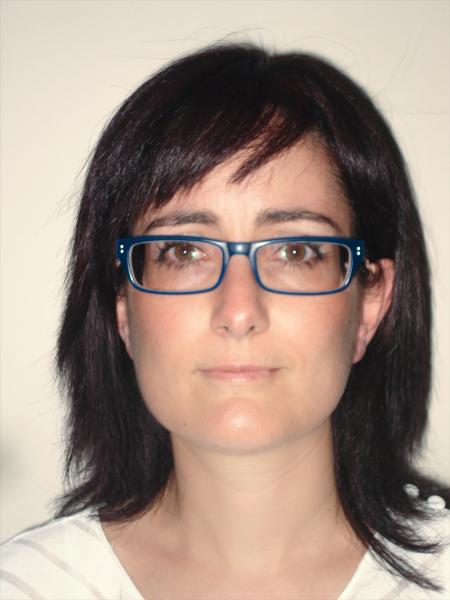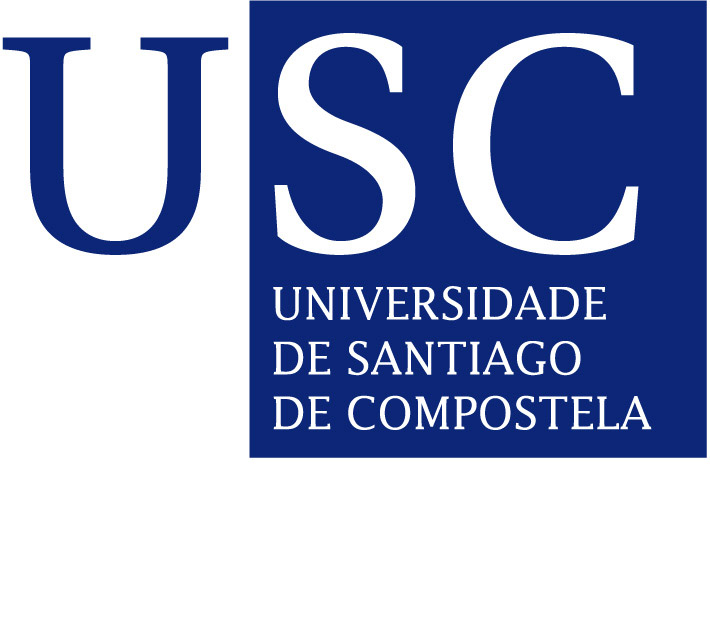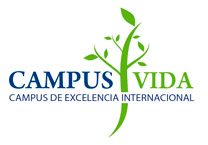Lecture: «Multifunctional hybrid metal-carbon nanostructures for spintronic and energy-related applications»

Aula de Seminarios CiQUS - 17:00 h
 Abstract
Abstract
The electrical coupling of nanocarbons with redox and magnetically active nanoscale objects has attracted a great deal of attention for achieving functional hybrid nanostructures with a wide range of exploitable properties.
This is especially important for designing next-generation electronic or spintronic devices that will be based on nanoscale functional materials such as isolated spin centres or single-molecule magnets. In order to harness the magnetic bistability, quantum tunnelling of magnetization, and quantum coherence of nanometer-sized magnetic objects, the coupling to the macroscopic world that is essential for read and write purposes has become a key challenge. Hollow carbon nanostructures with one macroscopic and two nanoscopic dimensions can act as bridges to achieve this coupling, through the encapsulation and confinement of magnetic species, while maintaining their structural integrity and properties that would otherwise induce decoherence (–a major obstacle for quantum applications).
Another important challenge facing the humankind today is the production of clean and sustainable energy where electrochemical technologies have shown to play an important role. However, the market potential of electrochemical devices based on electrocatalyst containing precious metals, such as Pt, is currently hindered by their short-term durability. As these precious elements are rapidly diminishing, the research community is forced to urgently address this major issue until more abundant efficient electrocatalysts are put forward. In this respect, high-aspect ratio carbon nanostructures can provide an excellent mean for the fabrication of highly durable electrocatalyst materials through platinum encapsulation, allowing their sustainable use in fuel cells technology.
About the speaker
Dr. Maria Giménez is an Assistant Professor in Materials Chemistry in the School of Chemistry at the University of Nottingham and recent recipient of an ERC Starting Grant (in nanoscale platforms for high performance computing). At the end of 2006 she received her PhD from the University of Valencia working under the supervision of Prof Eugenio Coronado on multifunctional materials of interest in molecular magnetism. She then joined the Supramolecular Chemistry and Chemical Nanosciences Group of Prof. Neil Champness at the University of Nottingham working as postdoctoral research fellow for almost three years. In 2009 she was awarded with a two-year Marie Curie Intra-European Fellowship in the Nanocarbon Group of Prof. Andrei Khlobystov. In November 2011, she started her independent career as Royal Society Research Fellow in Nottingham. The research in her group is mainly focused on the development of a technology for the integration of redox or/and magnetically active nanoscale switches within hollow carbon nanostructures and the exploitation of the functional properties of these nanoswitches under confinement.
During these years she has been granted different fellowships and awards: Spanish Ministry of Education and Science Undergraduate Fellow (Sept.1999–June 2000), Extraordinary award for highest Degree in Chemistry 2000, Regional Government Fellowship for Doctoral Studies (2001- 2005), Marie Curie Intra-European Research Fellowship (2009–2011), Royal Society DH Research Fellowship (2011–present) and ERC StG (2016–2021). In recognition of her multidisciplinary achievements, Maria was awarded in 2012 with a very prestigious prize (Emerging Investigator Award 2012) by the Spanish Royal Society of Chemistry for outstanding and novel research.


